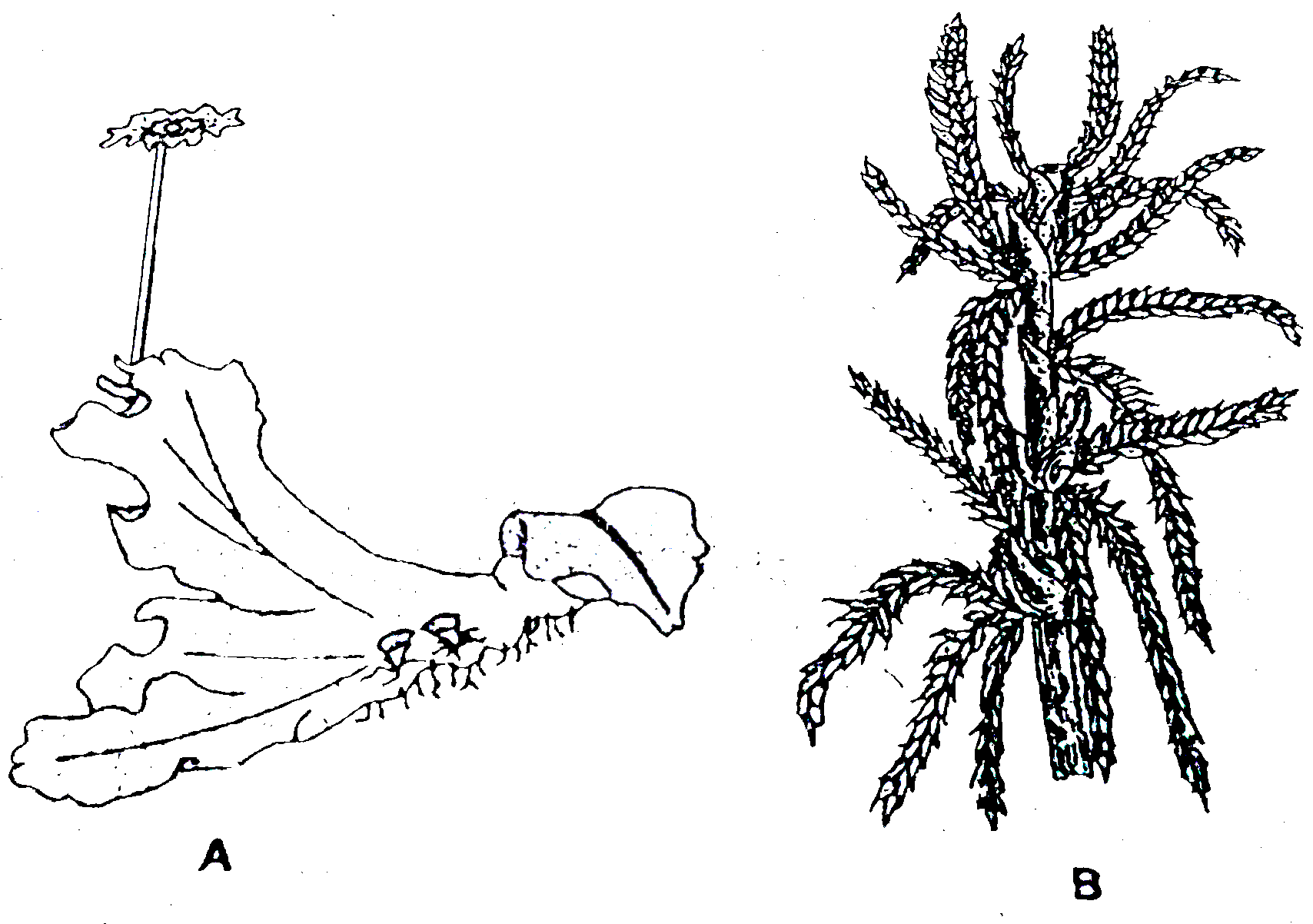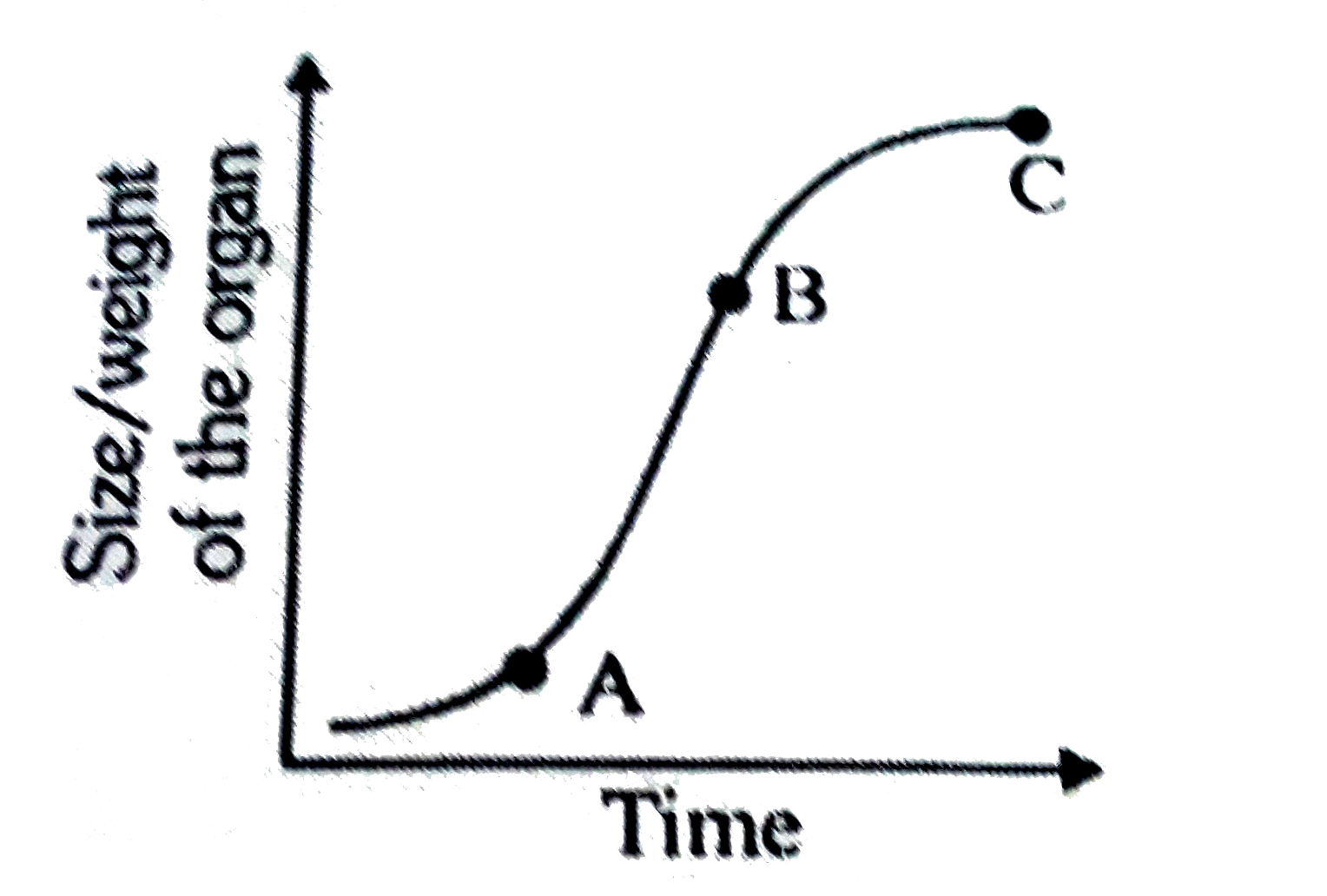A potted plant having straight parts A and B was placed horizontally on its side as shown in Figure (i). After a few days it was observed that the parts A and B of the plant acquire new positions as shown in figure (ii).
(a) Name the phenomenon exhibited by the position of plant parts A and B in Figure (ii)
(b) Name the stimulus (other than sunlight) which causes plant part A to grow and bend upwards, and plant part B to bend downwards.
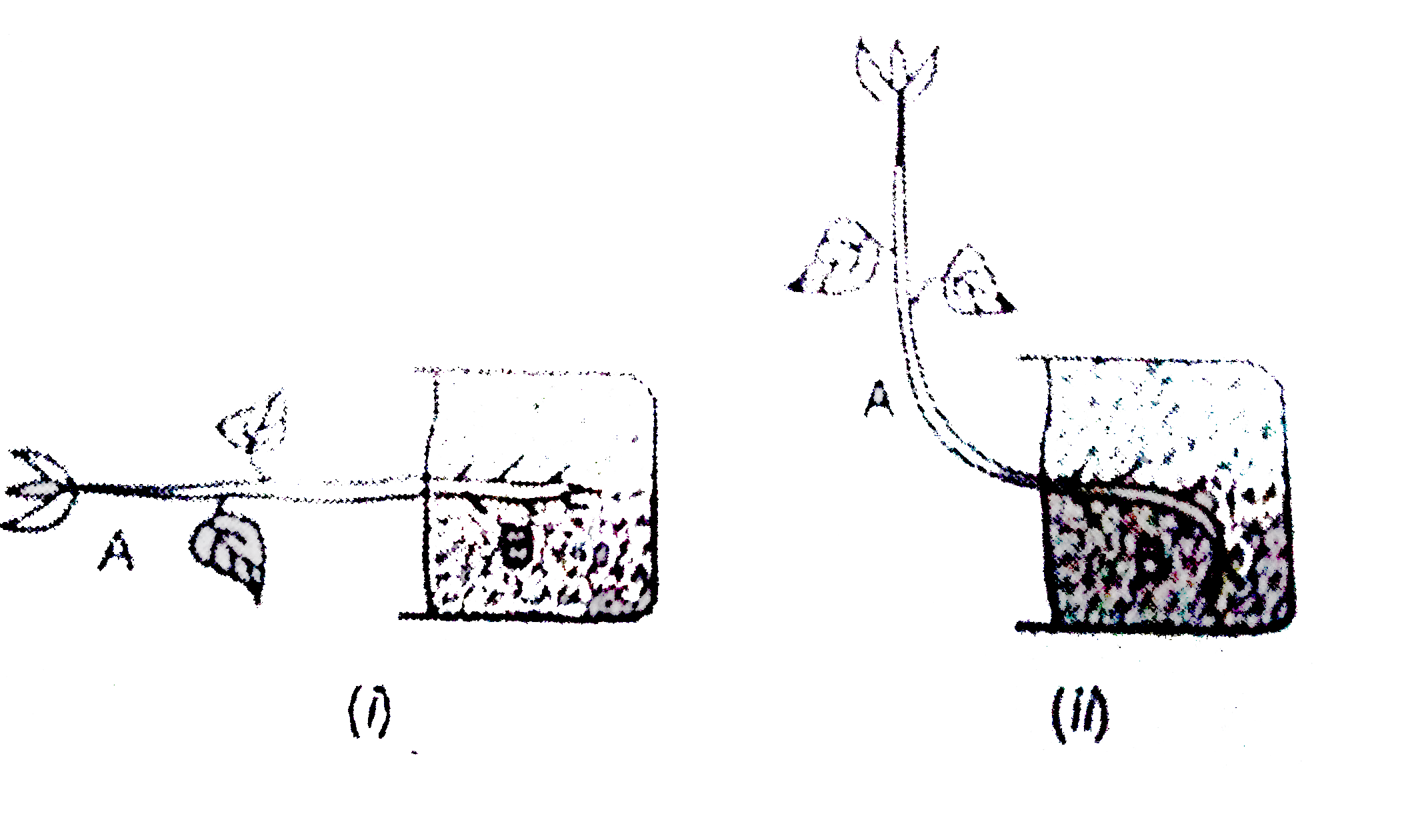
The correct Answer is:(a) Geotropism (b) Gravity
Step by step video, text & image solution for A potted plant having straight parts A and B was placed horizontally on its side as shown in Figure (i). After a few days it was observed that the parts A and B of the plant acquire new positions as shown in figure (ii). (a) Name the phenomenon exhibited by the position of plant parts A and B in Figure (ii) (b) Name the stimulus (other than sunlight) which causes plant part A to grow and bend upwards, and plant part B to bend downwards. by Biology experts to help you in doubts & scoring excellent marks in Class 10 exams.
Updated on:21/07/2023Topper's Solved these Questions
- CONTROL AND COORDINATION BOOK - LAKHMIR SINGH & MANJIT KAURCHAPTER - CONTROL AND COORDINATION EXERCISE - Very Short Answer Type Questions
5 Videos
- CONTROL AND COORDINATION BOOK - LAKHMIR SINGH & MANJIT KAURCHAPTER - CONTROL AND COORDINATION EXERCISE - Very Short Answer Type Questions
5 Videos
- HEREDITY AND EVOLUTIONBOOK - LAKHMIR SINGH & MANJIT KAURCHAPTER - HEREDITY AND EVOLUTIONEXERCISE - Multiple Choice Question
1 Videos
Similar Questions
Knowledge Check
Name the petals A, B and C in vexillary aestivation shown in the above figure-
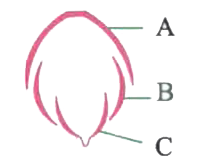 AA-Standard, B-Wing, C- PerianthBA-Standard, B-Keel, C-WingCA-Wing, B - Keel, C-WingDA-Standard, B-Wing, C-Keel
AA-Standard, B-Wing, C- PerianthBA-Standard, B-Keel, C-WingCA-Wing, B - Keel, C-WingDA-Standard, B-Wing, C-KeelName the petals A, B and C in vexillary aestivation shown in the above figure-
 AA-Standard, B-Wing, C-PerianthBA-Standard, B-Keel, C-WingCA-Wing, B-Keel, C-WingDA-Standard, B-Wing, C-Keel
AA-Standard, B-Wing, C-PerianthBA-Standard, B-Keel, C-WingCA-Wing, B-Keel, C-WingDA-Standard, B-Wing, C-KeelThe parts marked A,B and C in the following plants are :
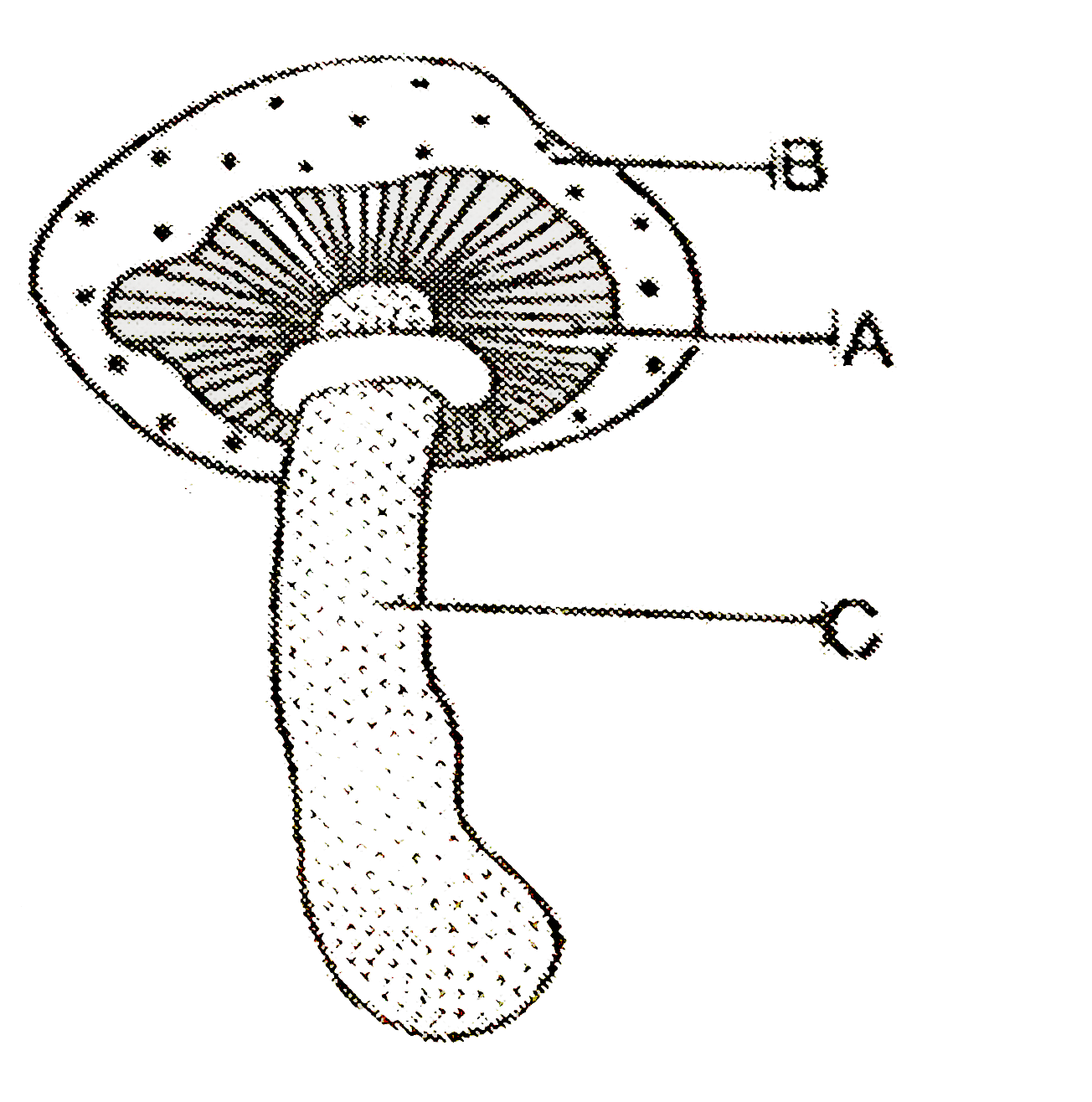 Agills, pileus and stipeBgills, stipe and pileusCpileus, gills and stipeDstipe, gills and pileus
Agills, pileus and stipeBgills, stipe and pileusCpileus, gills and stipeDstipe, gills and pileus
Name the three parts A, B and C of the flower shown in the figure and state one function of each.
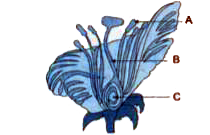
View SolutionName the type of placentation shown in the figure A and B.
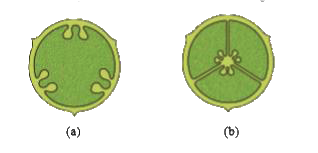
View SolutionName the roots that arise from any other plant part except the radicle.
View SolutionIn the given figure the parts A, B and Care sequentially

View SolutionThe plant part shown in the given figure performs the function of

View Solution

